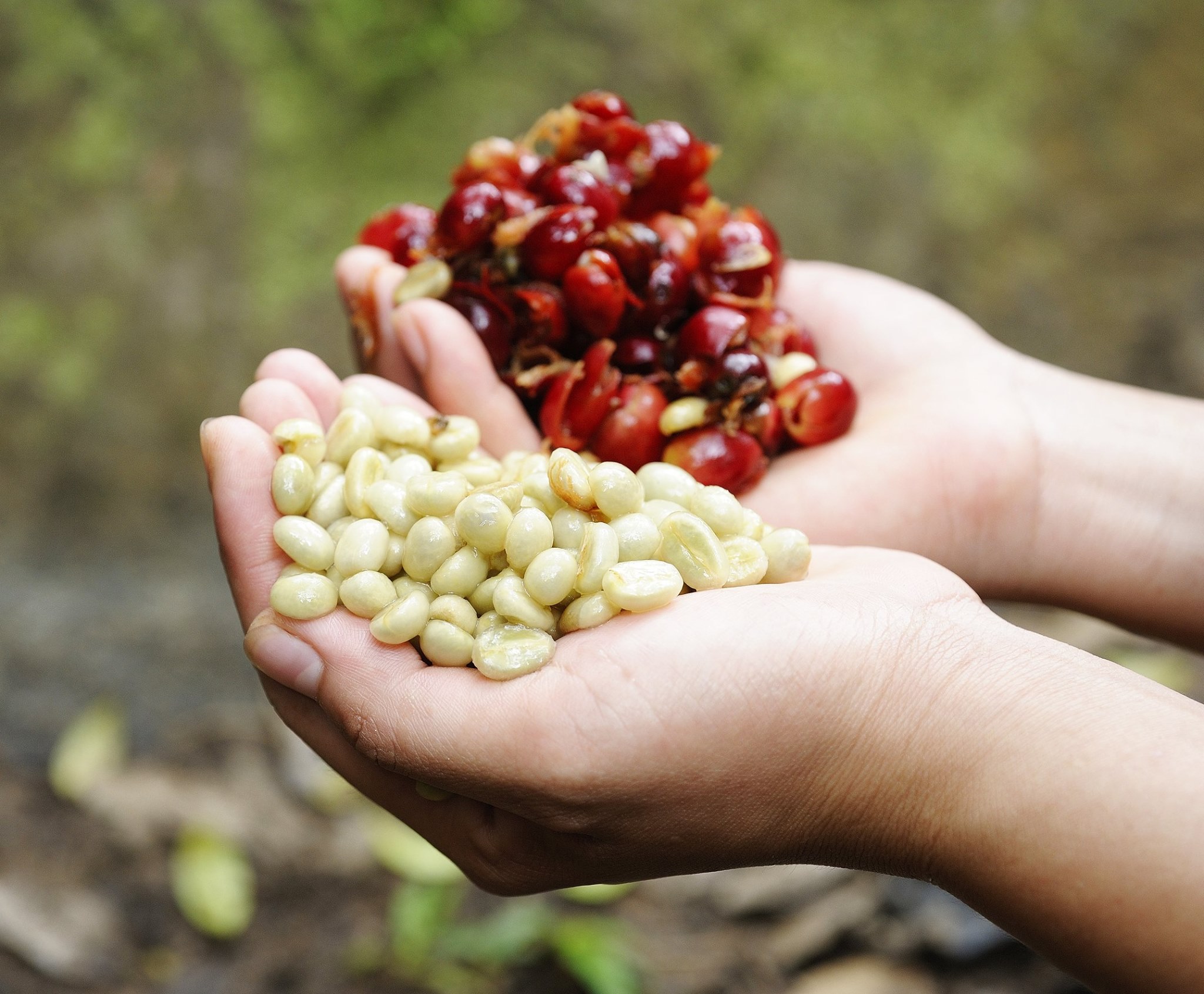Costa Rica Tara Pearl Diamond Hill Manor Boutique Coffee Bean Caramel Coco Melon Sweet Sense End Rhyme
Boutique coffee (specialty coffee) is also called "specialty coffee" or "select coffee". It refers to coffee made from a small number of raw beans with excellent taste grown in an ideal geographical environment. Depending on the special soil and climatic conditions in which they grow, they have outstanding flavor. After strict selection and classification, this kind of coffee can be regarded as a selection of coffee beans because of its hard texture, rich taste and excellent flavor.
Costa Rican coffee plants were imported from Cuba in 1779 and exported for the first time in 1820. There are now about 32000 coffee farmers, with an average of less than 10000 yuan per farmer. Costa Rica has a population of 410 million (2006), an active coffee planting area of 82500 hectares, an annual output of 1.7 million bags (per bag of 60kgs), and an annual consumption of 38 bags in the country, with an average annual consumption of 5.5kgs per person, which is higher than that of Japan (4kgs). At present, the average Taiwanese is only slightly higher than 1kg. Costa Rica is the first country where coffee was first introduced into Central America. It has a long history. The coffee organization is self-produced and the marketing system is complete. Because there are many volcanoes in China and the United States, and there are light and natural weather of the land, the coffee produced has the characteristics of micro-climate conditions in the Pacific and Atlantic currents and seas at the same time. In terms of quantity and quantity, Costa Rican coffee has always been recognized by the world, and it is regarded as one of the world's high-grade coffee. Costa Rican coffee has been planted for more than a century. It was first planted on the slopes of the Poas and Barva volcanoes. Today it is known as the Central Valley (Central Valley). The seven main coffee producing areas are divided from northwest to south, along the central plateau of the interior. The fertile volcanic ash, abundant volcanic ash and moderate rainfall in Costa Rica's volcanic terrain, as well as the steady rainfall, are all one of the factors that make coffee a major agricultural product in Colombia. The seven major production regions are: Tarrzu, Tres Rios, Orosi, Central Valley, West Valley, Turrialba and Brunca.

The cultivation of coffee in Costa Rica has a long history. In the past 10 years, the new "dry" treatment has become a trend. The new method of "honey treatment" is called "honey treatment", which uses the scraping machine to complete the scraping degree of the pulp.
Important Notice :
前街咖啡 FrontStreet Coffee has moved to new addredd:
FrontStreet Coffee Address: 315,Donghua East Road,GuangZhou
Tel:020 38364473
- Prev

Dominican coffee beans with pure and soft aroma introduce boutique coffee
In the early 18th century, coffee was introduced to Domiga from Martinique, and fine coffee was produced in the north represented by Hibao and in the south, including Okayabani Santo Domingo. Among them, the coffee produced by Santo Domingo and Barney, which is almost synonymous with domiga coffee, is a world-famous high-quality coffee. Santo Domingo coffee, which is characterized by freshness and elegance,
- Next

Introduction of Venezuelan coffee beans with smooth taste and sweet taste
Venezuelan coffee beans taste smooth and sweet. Compared with other coffee in Latin America, Venezuelan coffee is lighter, full-grained, sour, sweet and deep. Recently, a particularly interesting phenomenon has emerged in Venezuela's state-run coffee chain, the Venezuelan Cafe, which sells socialist coffee in Venezuela.
Related
- Does Rose Summer choose Blue, Green or Red? Detailed explanation of Rose Summer Coffee plots and Classification in Panamanian Jade Manor
- What is the difference between the origin, producing area, processing plant, cooperative and manor of coffee beans?
- How fine does the espresso powder fit? how to grind the espresso?
- Sca coffee roasting degree color card coffee roasting degree 8 roasting color values what do you mean?
- The practice of lattes: how to make lattes at home
- Introduction to Indonesian Fine Coffee beans-- Java Coffee producing area of Indonesian Arabica Coffee
- How much will the flavor of light and medium roasted rose summer be expressed? What baking level is rose summer suitable for?
- Introduction to the characteristics of washing, sun-drying or wet-planing coffee commonly used in Mantenin, Indonesia
- Price characteristics of Arabica Coffee Bean Starbucks introduction to Manning Coffee Bean Taste producing area Variety Manor
- What is the authentic Yega flavor? What are the flavor characteristics of the really excellent Yejasuffi coffee beans?

